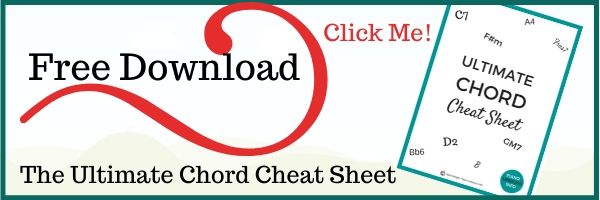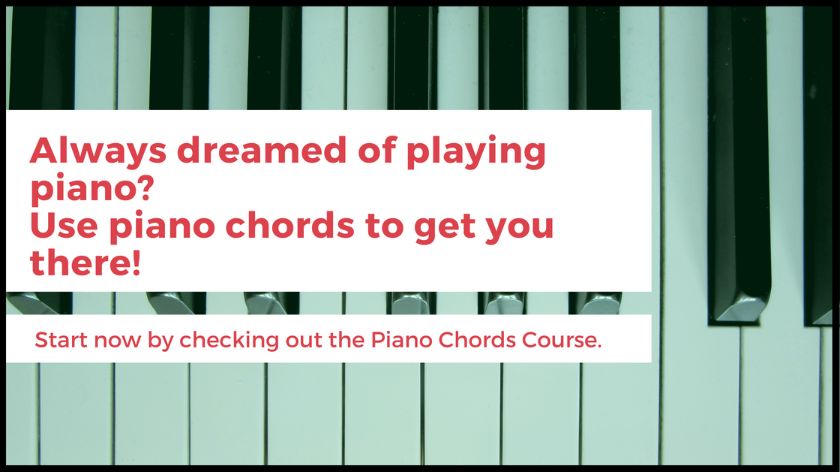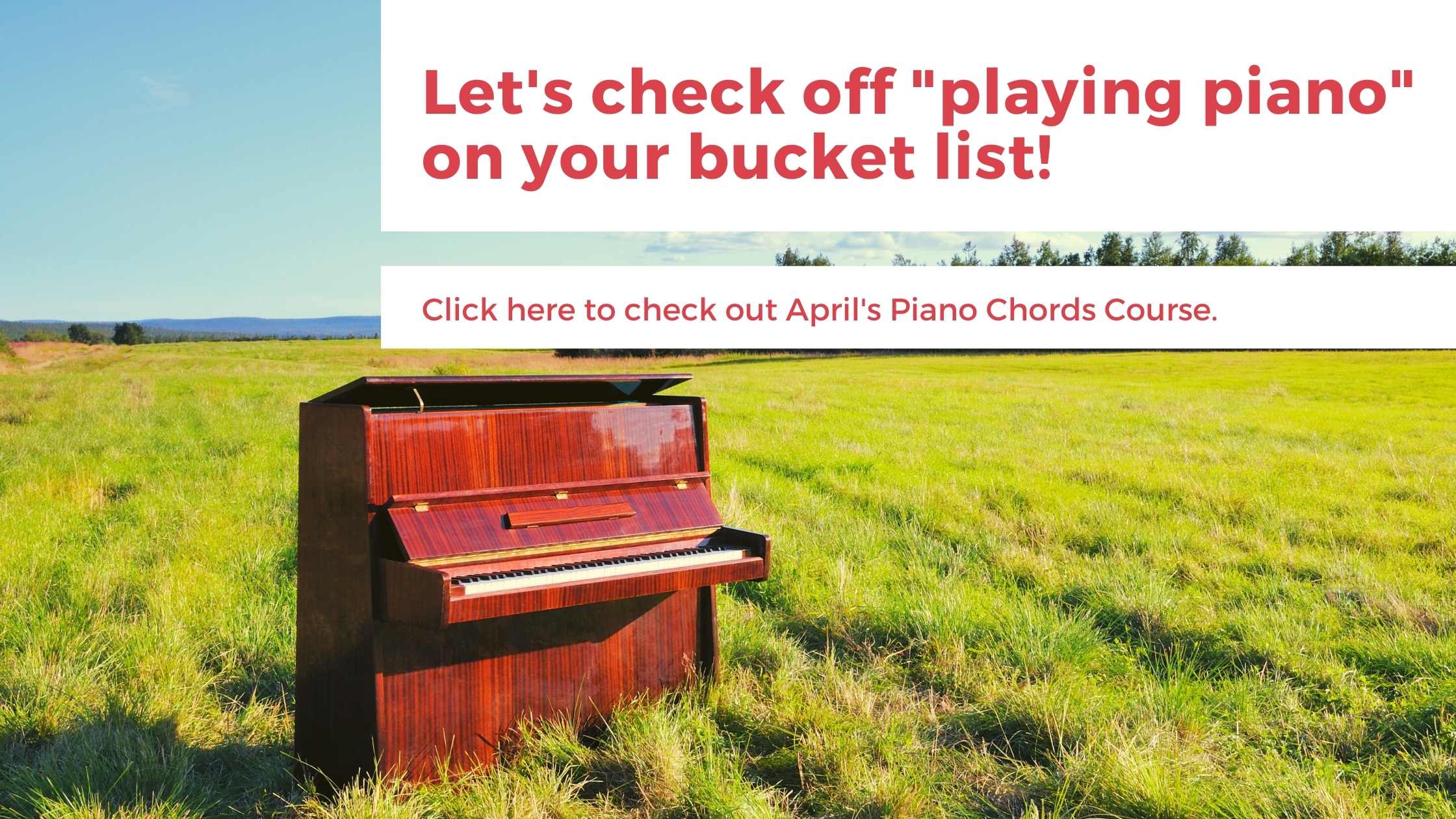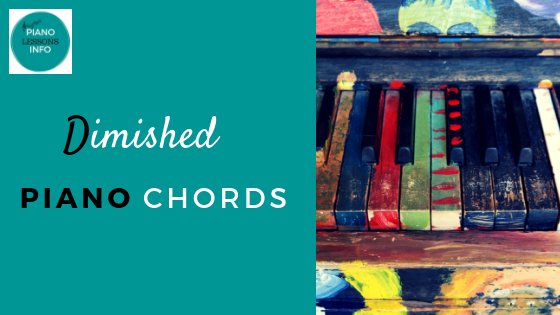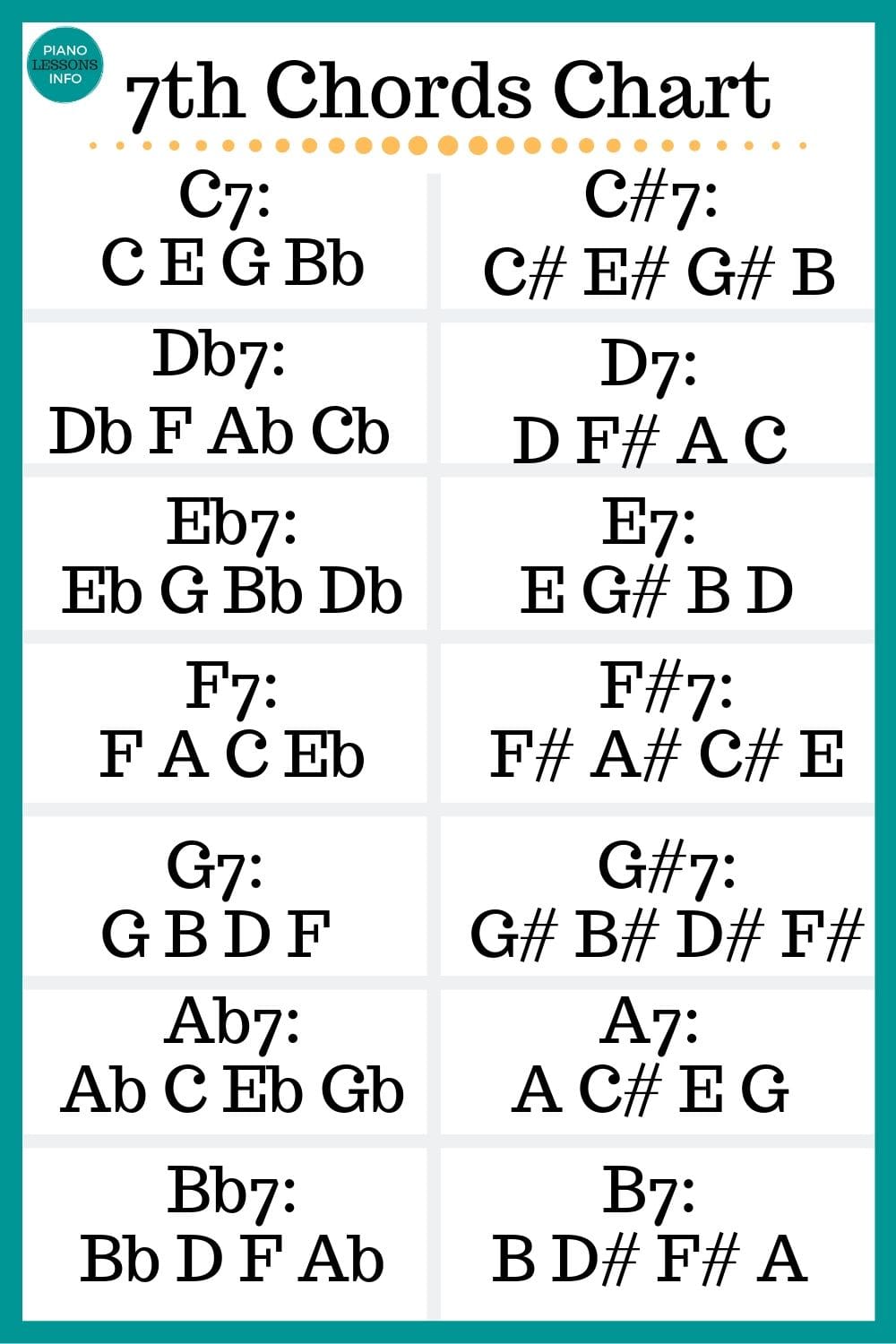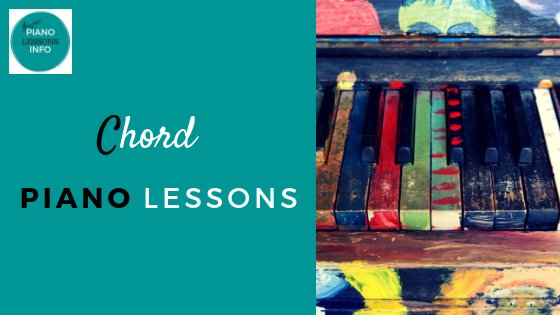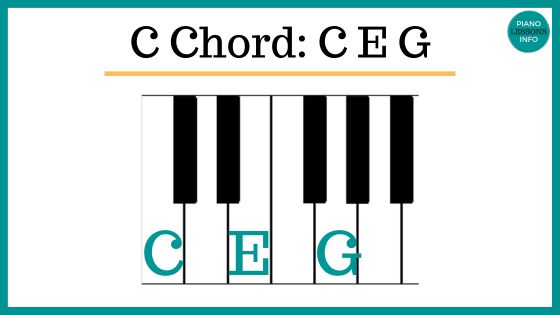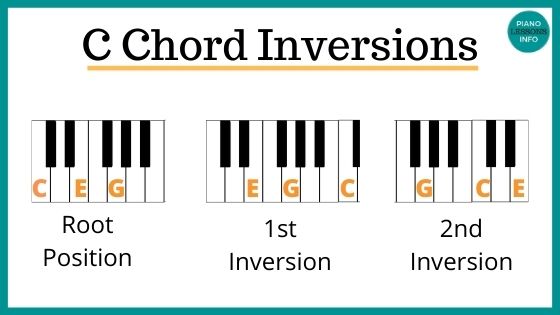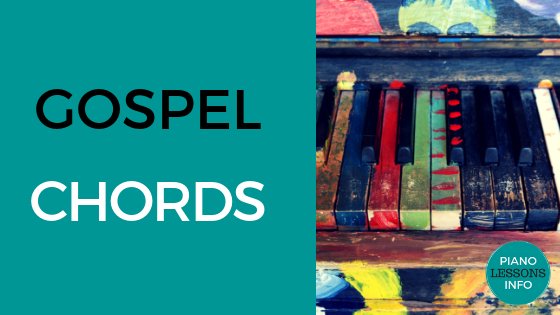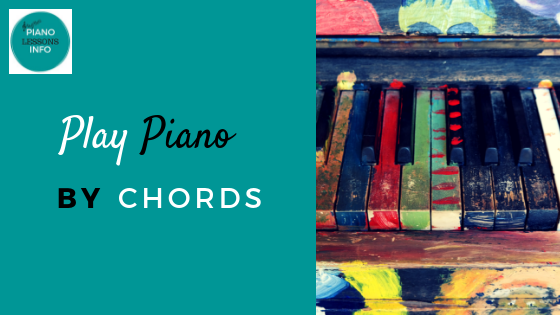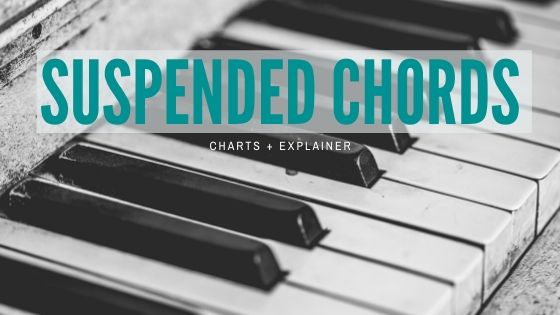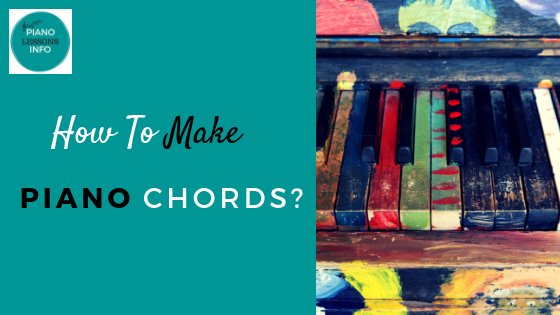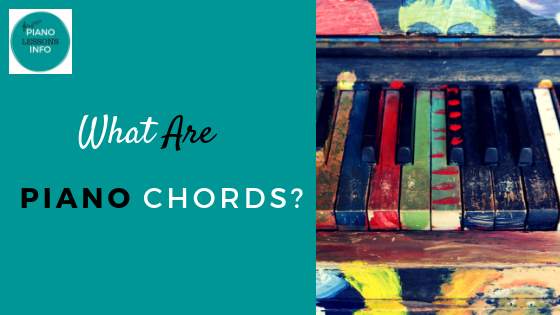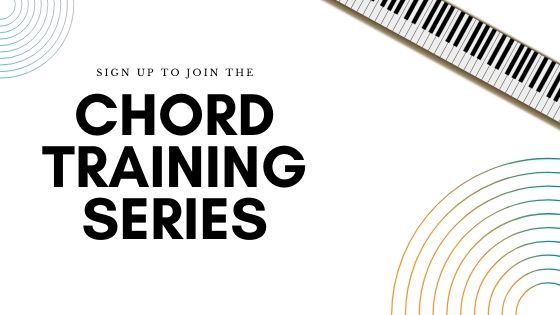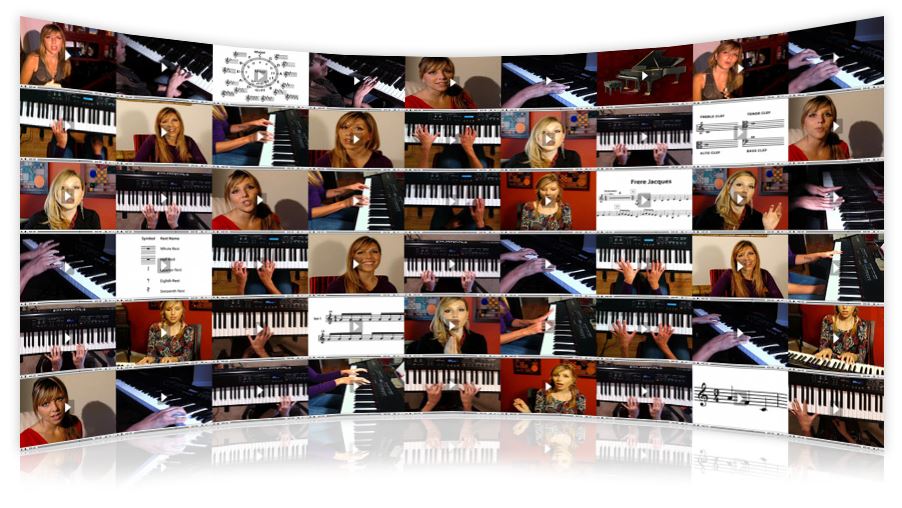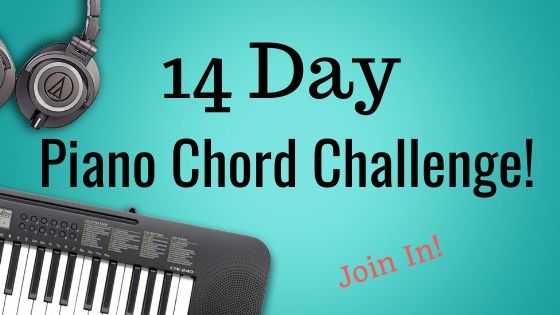Chord Progression Practice
for Piano
A great way to learn chords is through chord progression practice - especially for beginners. They give you a chance to really get familiar with all sorts of chords.
Recently, I have gotten a few questions on how to practice chord progressions or, "what are these chord progressions and what am I supposed to do with them?"
So I will answer that here.
Here are 10 steps to learning piano chord progressions starting with the easiest to how I would practice chord progressions myself.
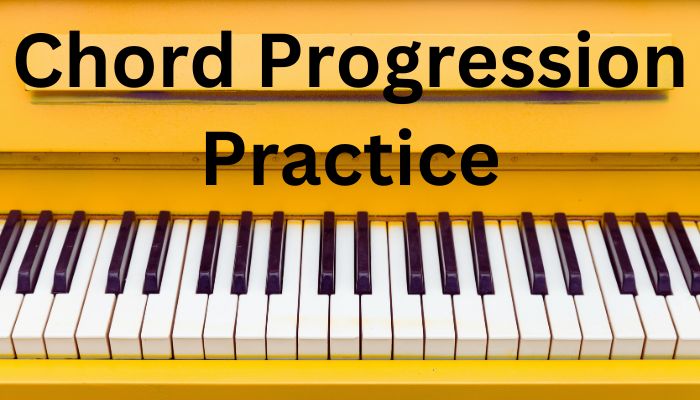
Quick links:
- What Are Chord Progressions?
- Why Practice Chord Progressions on Piano?
- Video on the 10 Ways to Practice Chord Progression
- Best Chord Progression for Beginners
- 10 Ways to Practice Chord Progressions
- What Chord Progressions Should I Use For Practice?
- What is the Easiest Chord Progressions?
- What Chord Progressions Sound Good Together?
What Are Chord Progressions
First, if you're unsure, let's go over what chord progression are exactly.
Chord progressions are basically a group of chords, that presumably sound good together, that you play in a certain order. You can play that group or order repeatedly.
For example, in the key of C major, we have the chords: C, Dm, Em, F, G, Am and Bdim.
We can create a chord progression with some of these and play the chords in this order (repeatedly):
C F Am G
Another chord progression might be:
Am Dm F C
So basically they are specific groups of chords.
Why Practice Chord Progressions on Piano?
Practicing chord progressions, even as a warm up, can help you with a few things:
- find keys faster
- learn chords and their notes
- move between certain chords better
- create muscle memory
- help you to learn chord inversions and when to use them
10 Ways to Practice Chord Progression on Piano (Video)
This video of chord progression tips goes over much of what we will cover below. It shows you a variety of ways to practice chord progressions.
Best Chord Progression for Beginners
I often give my students chord progressions when learning new chords.
You can choose any chord progression to practice with. If you need one, try this one for which is great beginners:
C F Am G
(Note: C = C E G, F= F A C, am = A C E, G = G B D)
You can also simplify this by playing:
C G C G
or
C F C F
10 Ways to Practice Chord Progressions
1. Play the chord progression over and over.
Your first goal when learning chords and beginning to play chord progressions is familiarity.
You want to become familiar with the chords you're playing.
It makes it:
- easier to remember chords
- faster to move between chords
- helps you remember the notes in a chord
The first step to playing chord progressions is just going from one chord to the next and doing that over and over.
At this stage you're just getting to know the chords and that's all you need to do. Try playing through the chord progressions with both your right hand and your left hand.
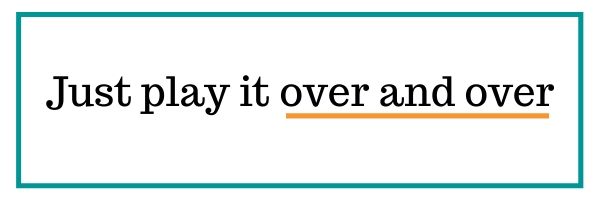
2. Play each chord one note at a time (broken)
The next thing you can start doing is playing the chord "broken" or one note at a time instead of "solid" or all together.
For example, for the C chord, instead of playing all the notes at the same time, when it's time to play the C chord you play the notes C E G.
Next, move to the next chord playing those notes one at a time. And so on.
This is another great way to become familiar with the notes of a chord and that really is the aim of the game here.
3. Play each chord broken then solid
The next thing you can do is combine step 1 and step 2. Play each chord in the chord progression broken and then solid - or vice versa.
While you're playing this way and going through the chord progression, be conscious of your rhythm and speed.
You want this still to be musical and enjoyable to play. It shouldn't really be like a drill.
So be aware of how you're playing each chord and the speed you're going at. Try to spend the same amount of time on each chord.
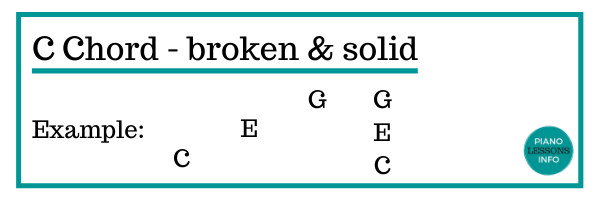
4. Add the root note in the left hand
Up to this point we have been playing one hand at a time. If you've got the other chord progression practice steps down, now you can play with both hands.
When you play through your chord progression, now play the chord (broken or solid) with your right hand.
With your left hand, play the root note of the chord.
This means if you're playing a C chord, play only the note C in your left hand. If you're playing the am chord, play an A only in the left hand.
Now we're working on hands together which helps you to learn 2 things, playing chords and playing with both hands at the same time.
5. Take what you're playing a bit further
After you've gotten comfortable with both broken and solid chords, now you can try and take what you've been playing a bit further.
By this I mean playing around with the rhythm, repeated notes and just general experimenting with what you've got.
Now take what those chords and play around and see what else you can do.
6. Start adding notes of the chord from around the piano
At this stage we're moving away from the very beginner stages of chord progression practice.
The next thing you can do to practice is start adding in notes from the chord from around the piano.
What this means is that if your chord is C, the notes are C E G. You can start playing those notes anywhere on the piano. So we want to play the chord in various places now.
Give it a try and see how you like it.
This can take practice to hit all the notes consistently but that's why we're doing this! For practice.
Note: this step is really for after you're familiar with the notes of a chord.
7. Add in notes that aren't in the chord
This step is pure experimentation. You don't always need to play only the chord, you can add in other notes here and there to add a bit of colour to what you're playing.
You'll find some notes that work better than other but here are some tips:
- use notes that will help lead to the next chord
- try playing a second note (ex. in a C chord, this note would be D)
- know what key signature you're playing in
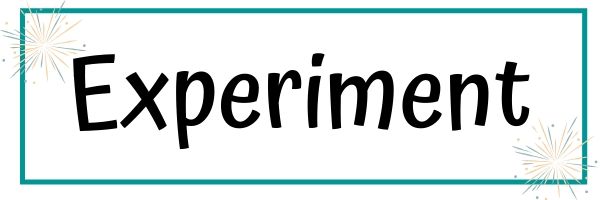
8. Add a melody
Taking things a step further, the next thing we can do is start adding a melody on top of what you're playing.
This can be anything. It doesn't have to be spectacular to begin with. We just want something to listen to above the chords.
Try and bring out one of the notes of the chord and play the rest of the chord below or quieter.
9. Chord in left hand, melody in right
Playing the chord in your left hand really allows you to experiment quite freely with melody in your right.
If you're not sure where to start, just start with a note from the chord and play a few follow up notes around that note.
Your melody can be quite simple in the beginning and the more you do this chord progression practice, the better you'll get.
10. Make your chord progression more complex
At this final stage, what you can do is really try to find ways to make your chord progression more complex or make it sound more special.
One way to do this is to make your chord more complex. Instead of playing C, you can play C2 or CM7 or Cadd9.
Then you can try out a feeling. Try to make is sound calm, peaceful, energetic, cool, or whatever mood you're in that day.
What Chord Progressions Should I Use For Practice?
You can use any chord progression for practice but if you need a few to practice, here are some you can try:
Key: G
Simpler chord progression:
G D Em C
Harder chord progression:
GM7 C2 Em7 Dsus D
Key: F
Simpler chord progression:
F C Dm Bb
Harder chord progression:
FM7 Bb6 Dm7 Csus C
Key: D
Simpler chord progression:
D G Bm A
Harder chord progression:
D6 GM7 Bm7 Asus A
Key: Bb
Simpler chord progression:
Bb F Gm Eb
Harder chord progression:
BbM7 Gm7 F7 Ebsus EbM7
Here are some more chord progressions you could use from Landr.
What is the Easiest Chord Progressions?
There are a few very simple chord progressions that are helpful to start learning with.
Easy chord progression 1:
C G C G
Easy chord progression 2:
C F C F
Easy chord progression 3:
C F G C
Easy chord progression 4:
C G Am F
What Chord Progressions Sound Good Together?
If you would like to put 2 or more chord progressions together, the best way to do this is to find 2 chord progressions within the same key.
To start, get all the major and minor chords from a certain key or scale.
Then create two chord progressions you like. And put them together. It is a great way to get some extra chord progression practice!
Here are some examples:
Key: C
Chord Progression 1:
C F Am G
Chord Progression 2:
C F C F
Key: G:
Chord Progression 1:
G C Em D
Chord Progression 2:
Em D C Em
Key: F
Chord Progression 1:
F Bb Dm C
Chord Progression 2:
Dm Am Bb C
Now Go Do Some Chord Progression Practice!
Hopefully that helps give you some tips and now it's over to you!
All you really need to do is experiment, become familiar and practice. It can be quite enjoyable to play chords.
Most songs are just chord progressions so you can also go and do more chord progression practice with any chord and lyric sheet that you'd like.
Free Download:
Ultimate Chord Cheat Sheet
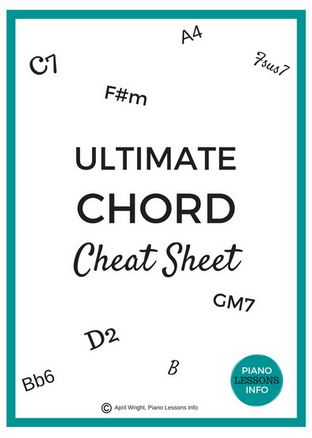
Subscribe below and get free access to the (printable) Ultimate Chord Cheat Sheet.
Recent Articles
-
Piano Notes Chart
Nov 20, 23 10:21 PM
Find a piano notes chart for treble clef and bass clef notes as well as the different types of notes. -
D Chord on Piano + Diagram, How To & Theory
Oct 24, 23 12:20 AM
Learn how to play the D chord on piano with diagram, fingering, D/A, D/F# and a theory explainer. -
Diminished Piano Chords: Chart & How to Make Them
Oct 09, 23 09:23 PM
Learn the different diminished piano chords and how to make them. Here you'll find both a diminished chord chart and an explanation.
Free Download:
Ultimate Chord Cheat Sheet

Subscribe below and get free access to the (printable) Ultimate Chord Cheat Sheet.
